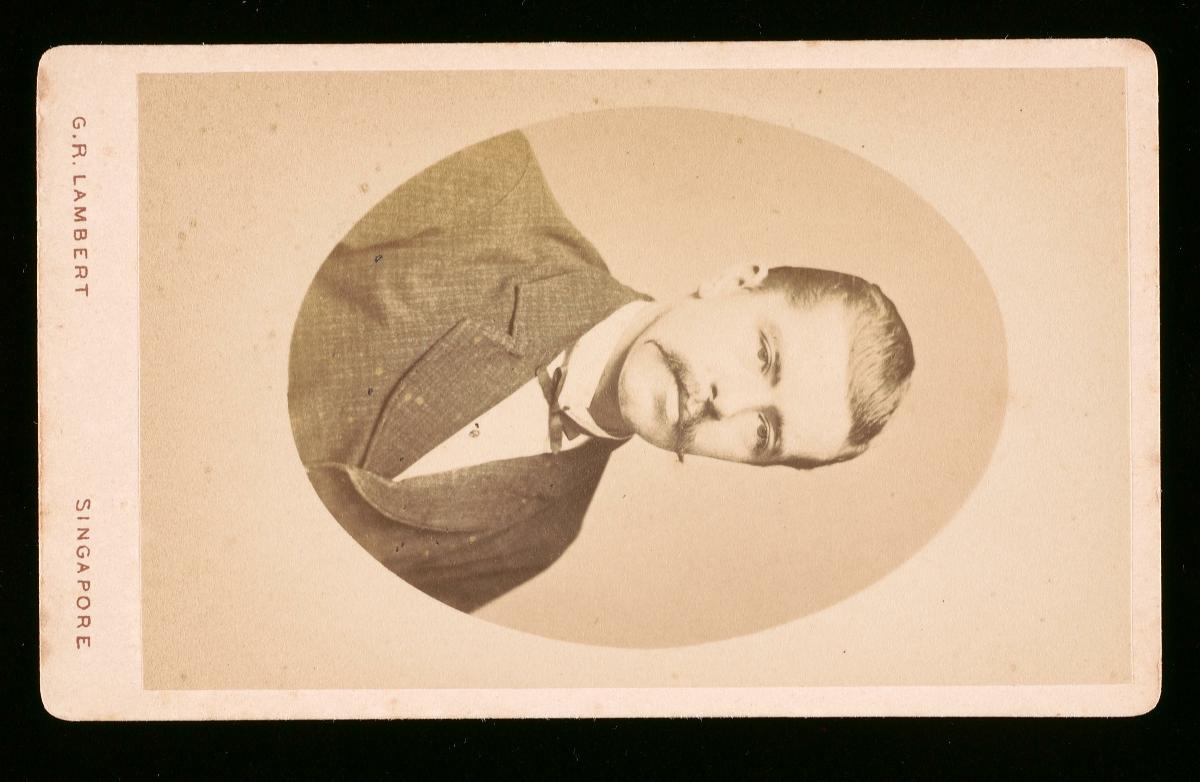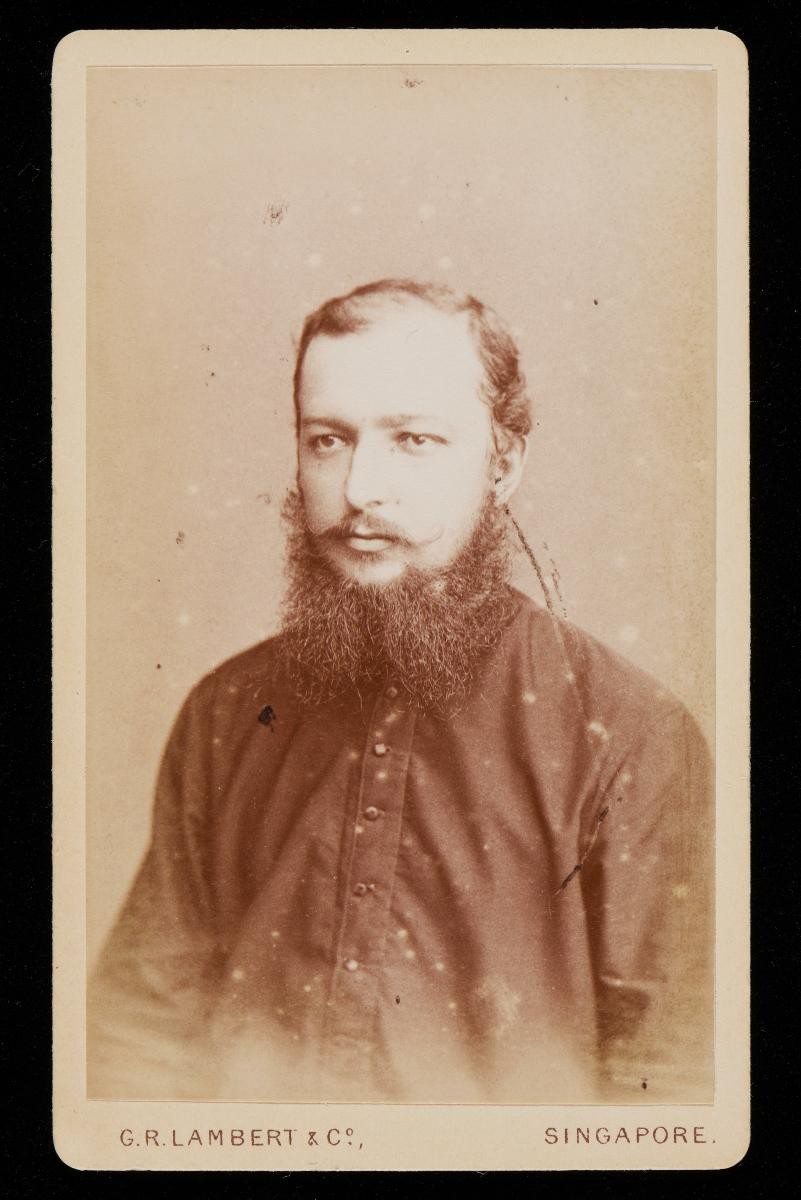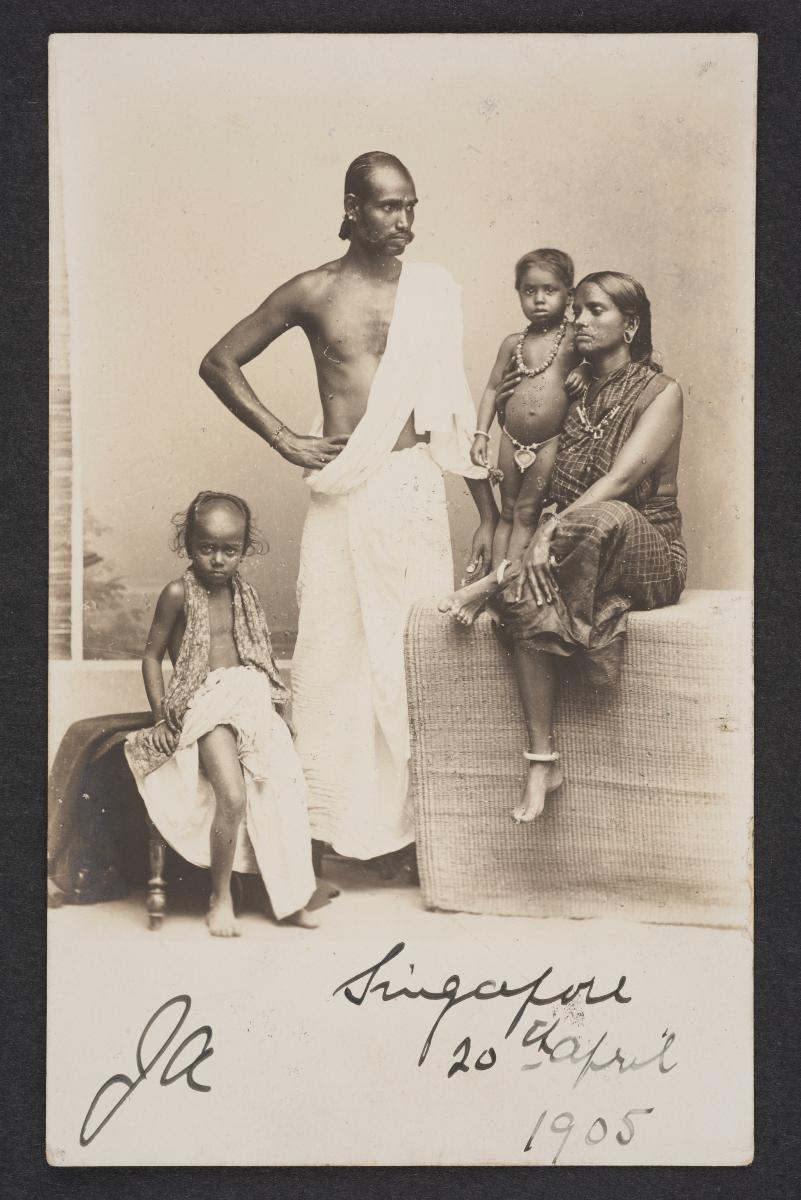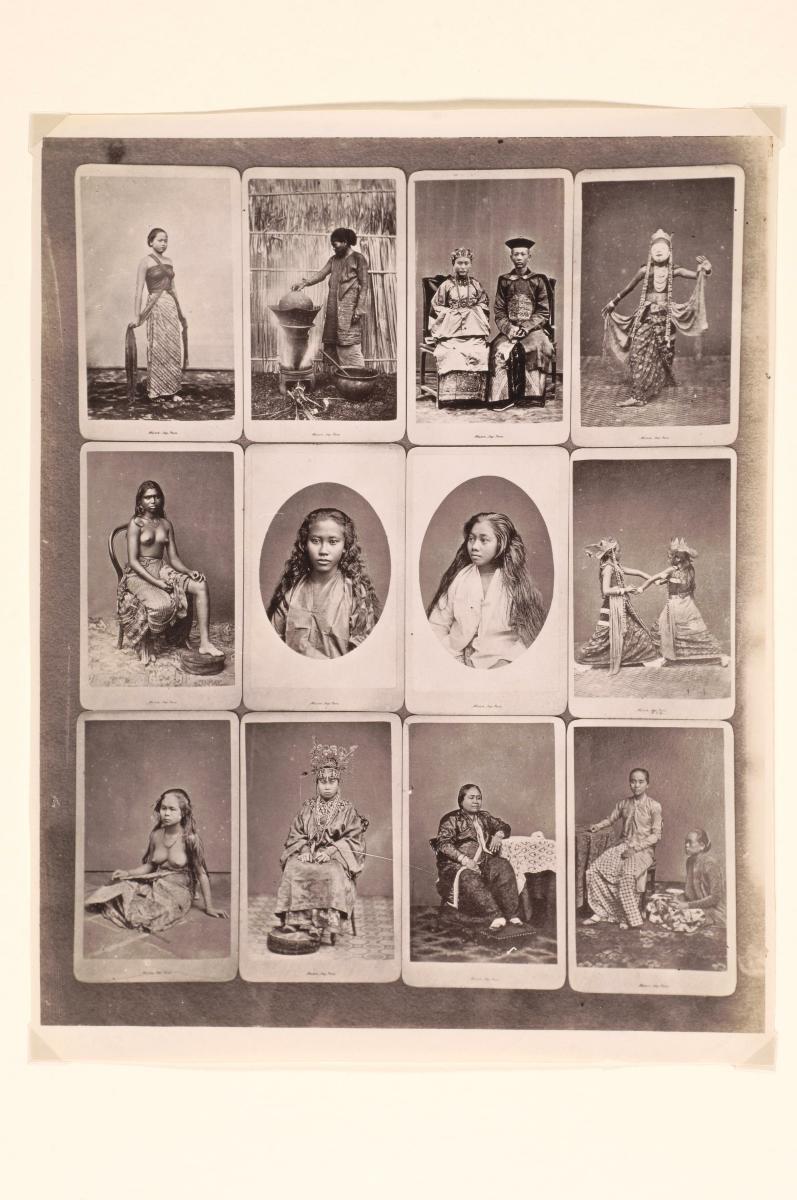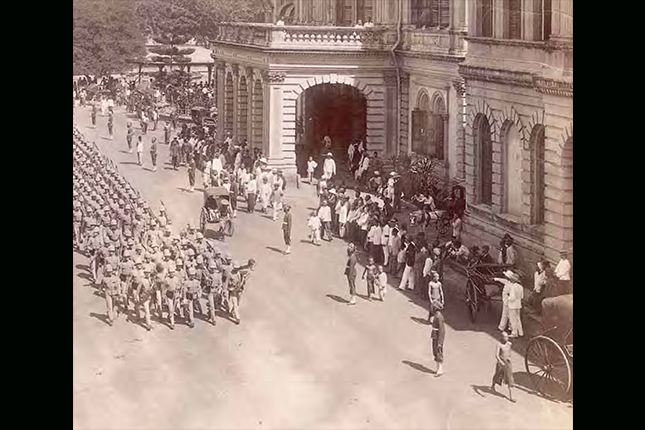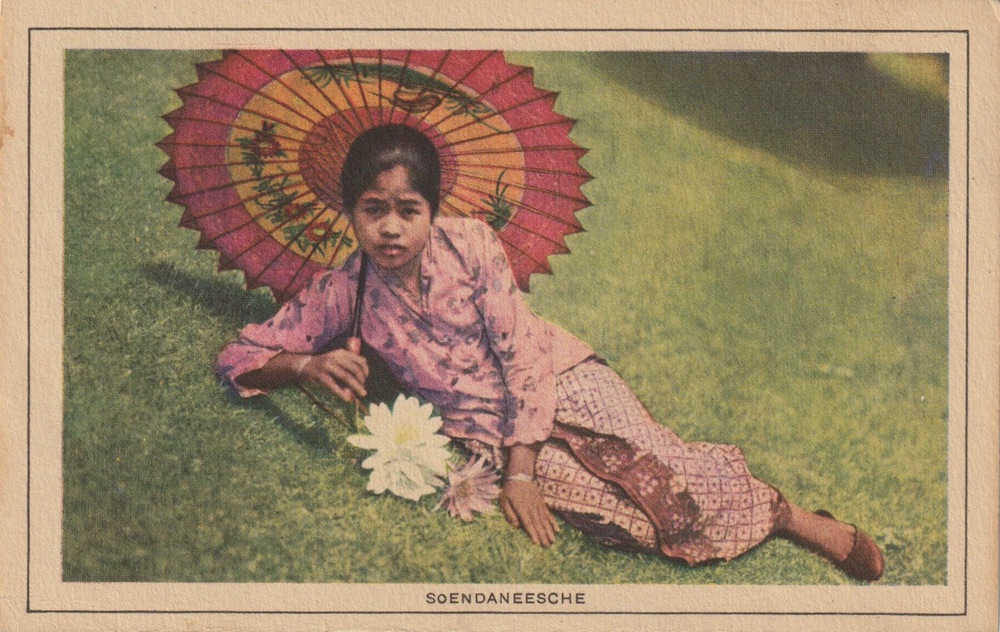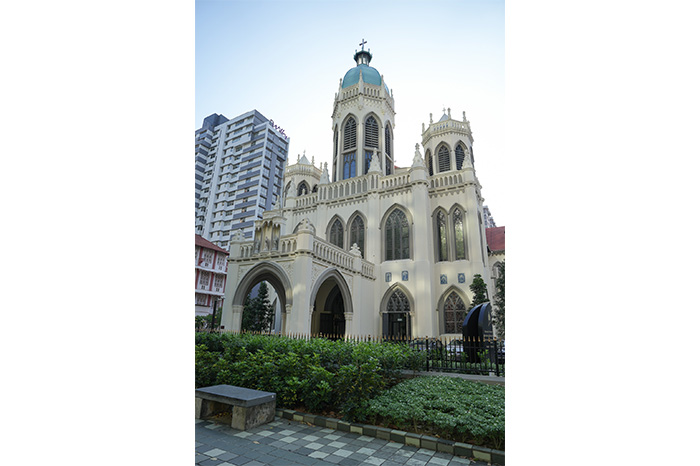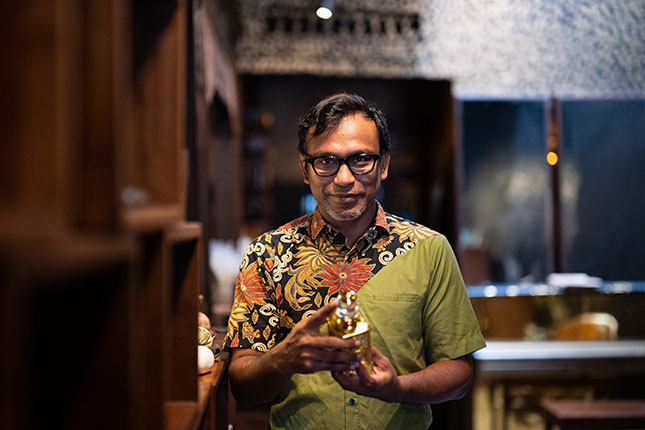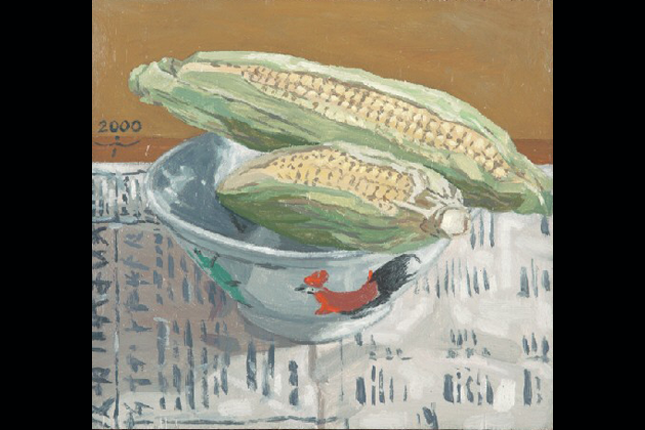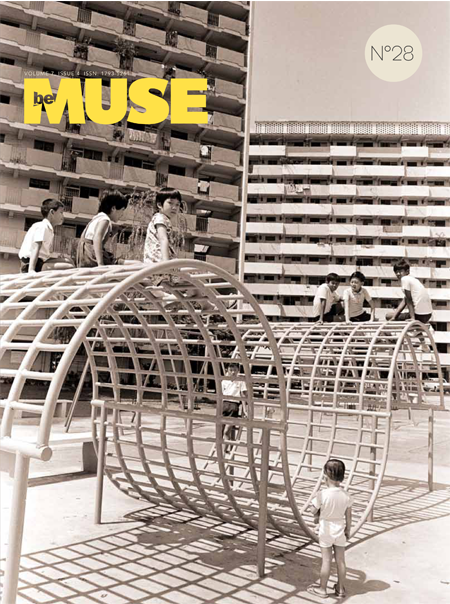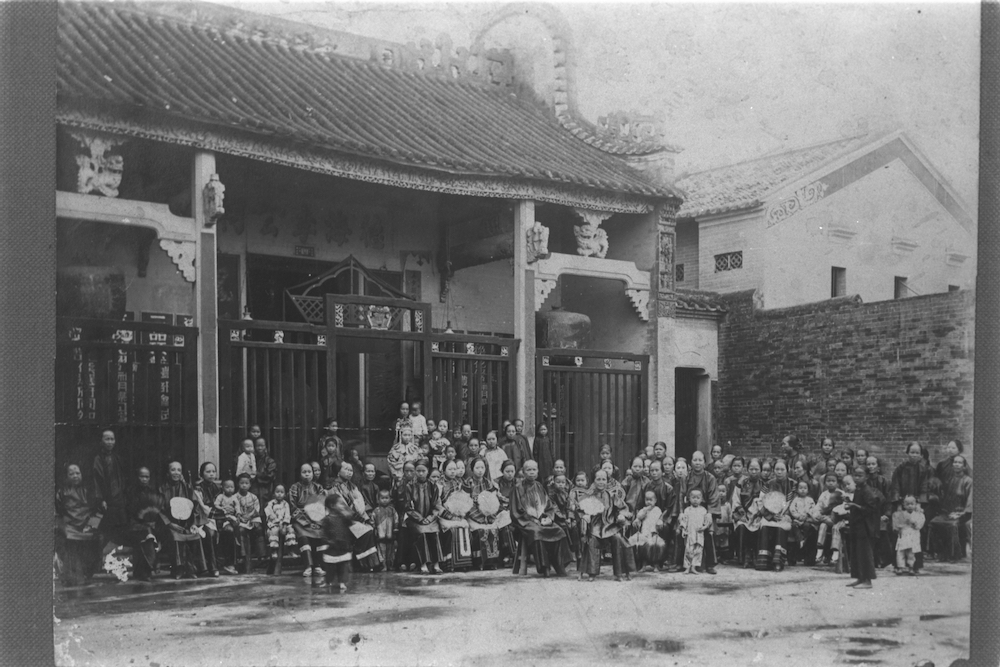Frame size: 9.7 x 5.8 cm
The 1860s saw the emergence of inexpensive portraiture for the masses in a small format known as the ‘carte-de-visite’, the ancestor of modern-day name cards. These consisted of an albumen print pasted on to a cardboard mount approximately 6 x 10 cm (2.5 x 4 in) in size. The so-called ‘cartomania’ originated in London and Paris and soon became popular with all strata of society. Famous people, artworks and exotic faraway places were some of the subjects reproduced onto ‘cartes-de-visite’ and eagerly collected by the public.




